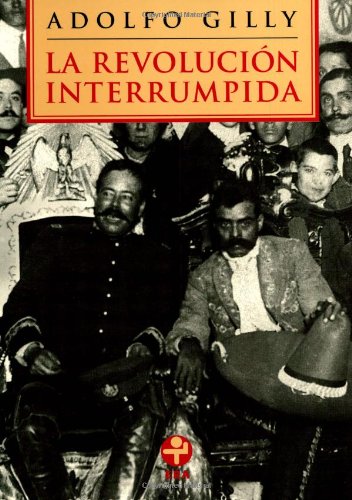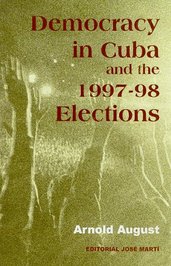The implementation of the Third World project confronted numerous obstacles, as we will discuss in a subsequent post in this series. The formerly colonized nations did not have sufficient capital to develop and diversify industry, and they did not have the necessary transportation infrastructure for the development of mutually beneficial trade with one another. These limitations were a legacy of one to four centuries of European colonial domination, and the imposition of a peripheral role in the world-economy, involving the exportation of raw materials on a base of cheap labor. Moreover, whenever a Third World nation was able to mobilize the political will to seek to sever the neocolonial core-peripheral relation, it was targeted by the global powers, which used all forces at their disposal to destroy the dangerous examples and to convey to other Third World nations that going beyond the permitted limits of national sovereignty would be punished.
However, there were some East Asian states that were in a position to ascend in the world-economy without violating the established rules of the neocolonial world-system. Their strategy was to develop low-wage export manufacturing in their hinterlands, served by urban export distributorships connected to core markets. These East Asian “tigers” or “dragons” were Hong Kong, Singapore, South Korea, and Taiwan. From 1960 to 1990, they attained spectacular economic results, such that the World Bank released in 1993 a report on The East Asian Miracle (Prashad 2007:245-48).
Particular exceptional characteristics enabled the Asian tigers to follow this ascent strategy. Singapore and Hong Kong had been port cities in the unequal treaties imposed on China by the colonial powers, and their role in Chinese-European trade promoted their commercial development. Taiwan and Korea, on the other hand, had been Japanese colonies, and Japanese colonialism imposed structures different from those of European colonialism. To some extent because of limited available land in Japan itself relative to its population size, Japan developed core-like activities in its colonies, thus contributing to the economic development of the Japanese colonies. In addition, South Korea and Taiwan were important allies of the United States in the Cold War, and they thus had access to high levels of aid and credit (Prashad 2007:249, 252).
As a result of the exceptional historical, political and economic situation of the Asian Tigers, they had access to capital that other Third World formerly colonized nations did not possess. They applied the capital to investment in low-wage export manufacturing and distributing, using strong state action to develop a national plan, to guarantee credit for private entrepreneurs, and to develop state-owned enterprises (Prashad 2007:250-53).
The turn of the Asian tigers to low-wage export manufacturing coincided with a restructuring of the international division of labor, thus facilitating its success. Technological developments in transportation and communication across continents made possible the breakdown of the production process, in an historic moment in which core corporations, facing stagnating profits, were increasingly looking for cheaper sources of factory labor (Prashad 2007:253; Wallerstein 1999).
The development of low-wage export manufacturing was not a good development strategy in the long term. The core nations, in contrast, had developed their manufacturing on a base of relatively high wages. Core manufacturing was tied to the importation of cheap raw materials attained through the superexploitation of labor in peripheral regions, thus making possible concession to workers’ unions in the core, leading to relatively high wages. Accordingly, the development of industry in core nations contributed to the development of strong domestic markets in the core, continuously fueling an industrial development that supplied manufactured goods primarily for expanding domestic markets (although secondarily for export, often to peripheral zones whose manufacturing capacity had been undermined by peripheralization). But low-wage export manufacturing in the periphery or semi-periphery contributes little to the development of the domestic market; it represents a continuation of the peripheral role of providing low-wage labor for the production of goods destined for export to the core.
In spite of the limitations of the East Asian development strategy, it was recommended by the IMF as a general strategy for Third World nations (Prashad 2007:248). This recommendation was flawed on three counts. (1) The conditions and possibilities for the East Asian nations were not the same as those of Third World nations in general, as we have noted above. (2) The IMF recommendation in fact departed from the East Asian model. The IMF recipe for Third World nations involved a weak state and a reduced state role in the economy, whereas the Asian tigers had ascended on a foundation of strong state involvement in the economy. This distorted recommendation of the model, ignoring a fundamental and clearly evident component, suggests that the recommendation was politically and ideologically motivated, designed to imply that ascent in the world-system is possible and to legitimate neoliberal policies with respect to the Third World (Prashad 2007:248). (3) Economic development must be based on the development of high-wage production or service industries, so that the domestic market will expand. Those who promoted the East Asian model tended to ignore that the benefits applied only to some, inasmuch as they were based on the superexploitation of factory labor.
In 1997, the Asian tigers collapsed, brought down by a fall in the prices of the computer chip as well as the financial speculation ushered in by IMF-recommended neoliberal deregulation (Prashad 2007:255-56). But as a result of the prestige in which the Asian tigers were held for a period of time, East Asian leaders were able to exert themselves in the Non-Aligned Movement, in opposition to the defenders of the Third World project, led by Fidel, as we will see in the next post.
Prashad, Vijay. 2007. The Darker Nations: A People’s History of the Third World. New York: The New Press.
Wallerstein, Immanuel. 1999. “The Rise of East Asia, or the World-System in the Twenty-First Century” in The End of the World as We Know It: Social Science for the Twenty-First Century. Minneapolis and London: University of Minnesota Press.
Key words: Third World, Asian Tigers, IMF, Prashad

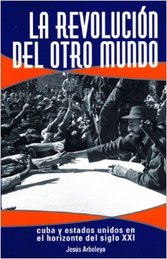
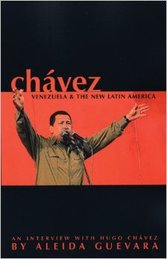
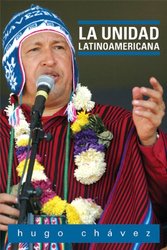


 RSS Feed
RSS Feed
